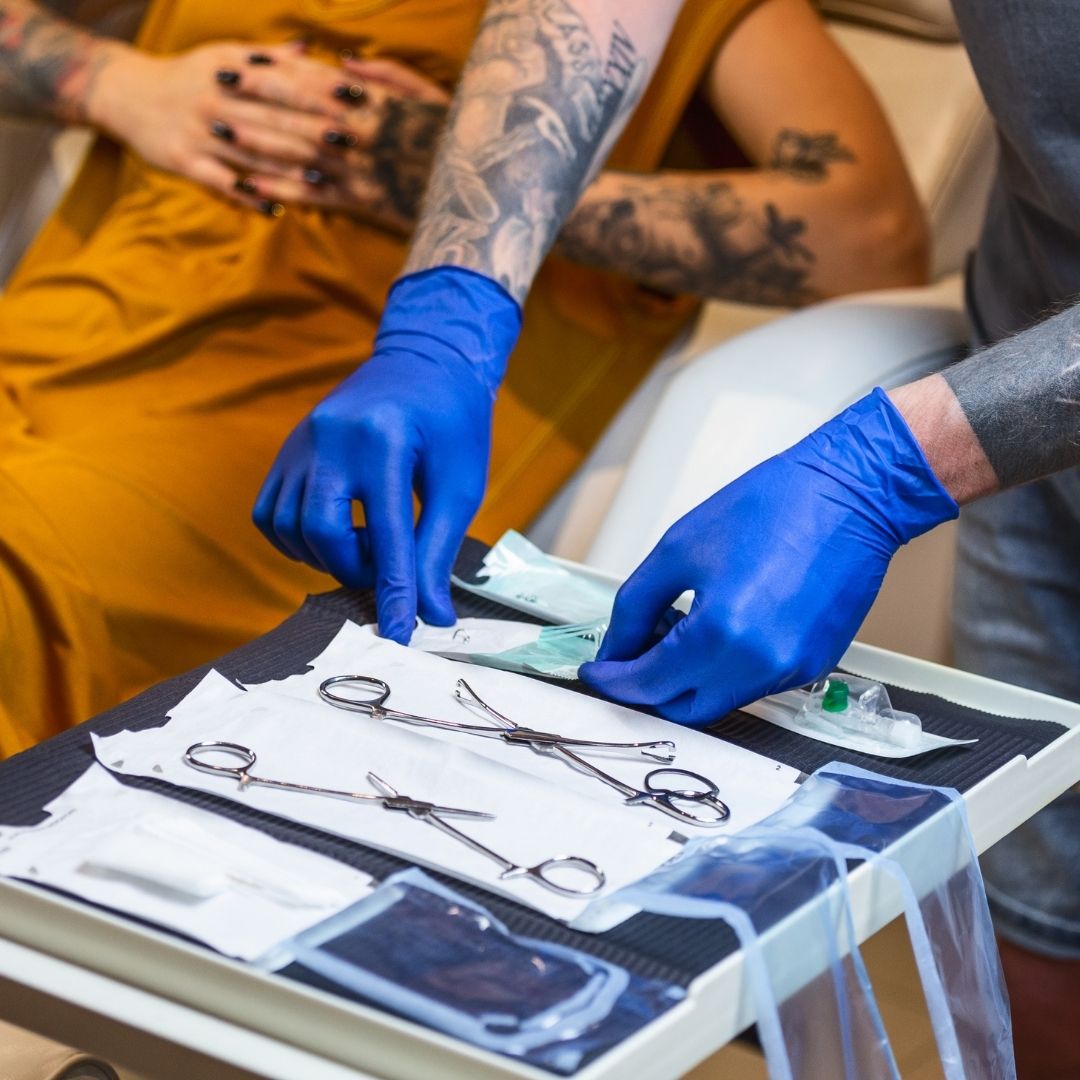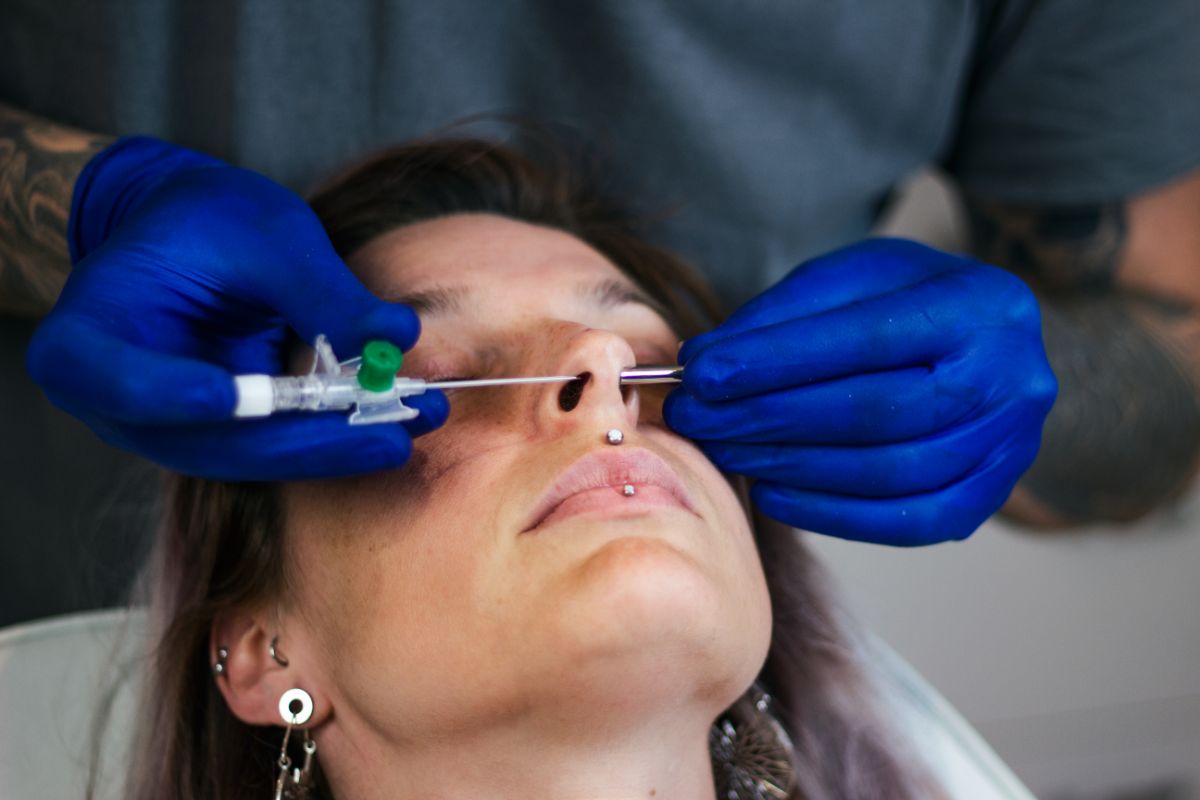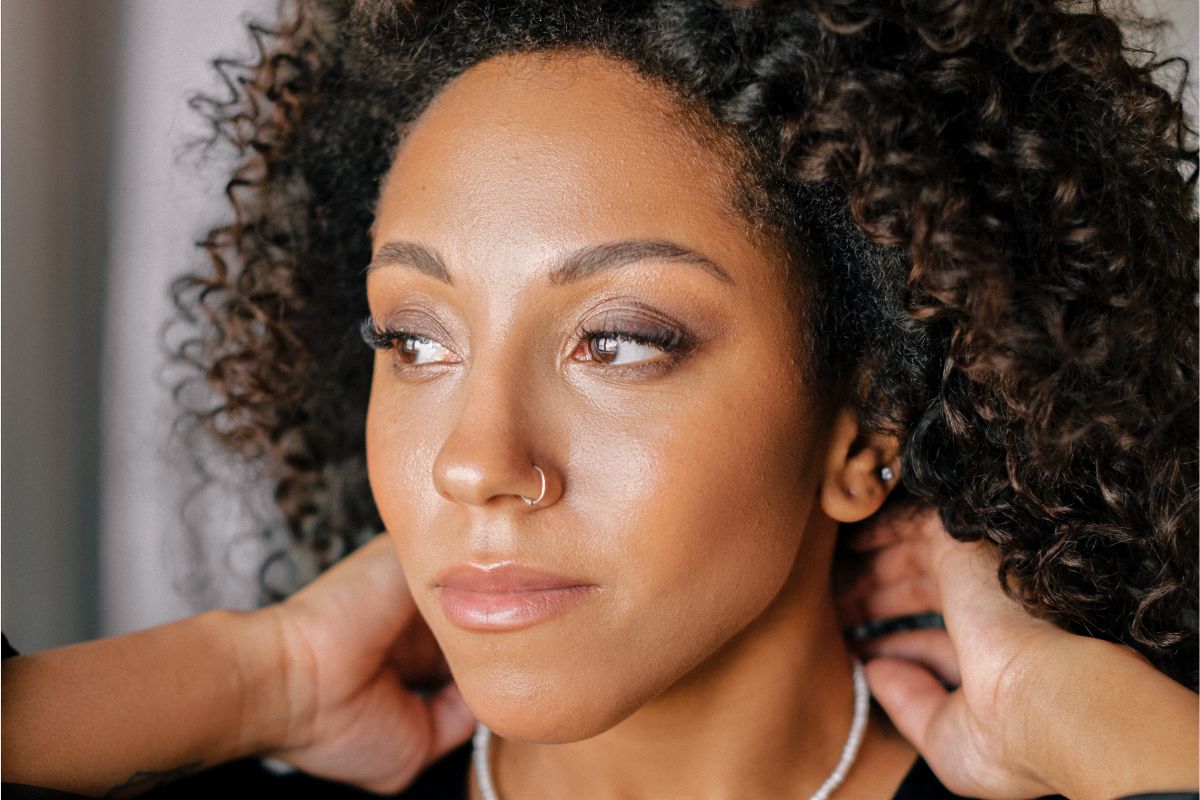Body piercings are crazy popular. In fact, they are so common that 1 in every 4 Americans have their earlobes pierced. Interestingly, you can get any part of your body pierced.
Some people opt to have their noses, navels, tongues, lips, nipples, and even their genitals pierced. The demand and popularity of body piercings will never wane because people love to express their individuality.
The healing time, risks, and pain level vary from one piercing to another. It’s important to know these things so you can choose the best piercing type for you. Piercings are beautiful, but they come with risks.
A notorious piercing risk is an infection, which is why professional piercers will never get tired of reminding you to follow proper aftercare instructions and ensuring that you keep your piercings clean at all times while they are still healing. Getting a piercing may seem like a straightforward decision, but the truth is, there is a lot to consider for a successful piercing experience.

Everything You Need to Know About Body Piercings
Ear Piercings
Ear piercings are varied, and they come in different styles based on their location. Despite how small your ear is, you’d be surprised to know that it can accommodate multiple piercings.
One example is an orbital piercing. An orbital piercing extends from side to side instead of the usual front to back, and you’ll get two holes instead of one piercing hole.
People who love a little adventure aren’t afraid to try cartilage piercings. Cartilage piercings make you look rigid and trendy, but if you’re contemplating getting one, you should know that a cartilage piercing takes a little while to heal compared to your fleshy earlobes because it doesn’t get as much blood circulation.
Examples of cartilage piercings are conch, helix, snug, and Daith. In addition, each cartilage piercing has its pain level and healing timeframe. Generally, cartilage piercings last between 4 to 12 months.
Facial Piercings
If you’ve explored all areas in your ears and want to venture into another body part, we suggest starting with your face. Did you know facial piercings exist? They do, and many piercing enthusiasts can’t get enough of them. The following are some areas in your face that you can pierce:
- Eyebrows – also known as surface piercings
- Nostril- the soft cartilage of your nose can be pierced
- Septum – the soft tissue found at the bottom of your nose that divides the two nostrils
- Dimple or cheek – these holes are pierced from the inside of your mouth
- Bridge – piercing across your nose bridge
Oral Piercings
Some piercings are not as blatant as others; take oral piercings, for example. Oral piercings will definitely give you that edgy look. It takes time to get used to an oral piercing, and it may not be as comfortable since you’re constantly aware of its presence, but the upside to an oral piercing is that it’s not as painful as compared to other piercings.
Unfortunately, the risk of infection for oral piercings is high, so it’s crucial that you carefully and religiously follow proper aftercare instructions. In addition to aftercare guidelines, you must also practice good oral hygiene by brushing and flossing twice a day and rinsing your mouth with an antibacterial mouthwash.
Professional piercers also suggest spraying the outer piercing with saline solution to keep the site clean. Although oral piercings heal fast, you can experience pain and delays in healing if you are a chronic smoker. Examples of oral piercings are frowny, tongue web, tongue, labrets and lowbrets, medusa or philtrum, snake bites, lip, and Monroe piercings.
Body or Surface Piercings
Aside from your ears and face, did you know that you can pierce any part of your body? Before you start experimenting, we suggest you talk to your piercer and let him know the exact location you want so you’ll know the risk of infection and migration, how long it takes for that particular piercing to heal, and how much it’s going to cost.
Also, some locations are more painful because of the abundance of nerve endings, making your skin more sensitive to pain. If you’re scared of intense pain, talk to your piercer first.
One major disadvantage of body piercings is they have a high risk of migration or rejection. Other risks include infections, swelling, irritation, and bumps. Some examples of body or surface piercings are navel or belly button, nipple piercings for both men and women, nape, Madison, sternum or cleavage, and dermal anchors.
Piercing Aftercare Tips
Whether you’re getting a new piercing, you are obliged to follow proper aftercare for faster healing and avoid infection and other complications. The best aftercare is to clean your piercing with saline solution and pat it dry with a clean paper towel. You are expected to do this daily for the entire healing process. If you feel something is odd, let your doctor know about it as soon as possible.

Looking For An Aftercare Piercing Cleaning Product?
If you’re looking for a safe and effective product you can use to clean your piercings, you may want to give Dr. Piercing Aftercare's medicated swabs a try. These swabs are designed to soothe, clean, and protect your piercing while it heals. It’s saline-based. Each pack contains 72 medicated swabs.
At Dr. Piercing Aftercare, we've developed convenient medicated swabs that you can use to clean your piercings and keep infection away. We are proud of our products. They are made and tested in a cGMP compliant and FDA-registered facility in America.

We use advanced technology on our swabs for easy application. Each pack contains thirty-six medicated swabs that are proven and tested to promote your body's natural healing process while preventing infection. Contact us today, or check out our website to learn more about our products.





